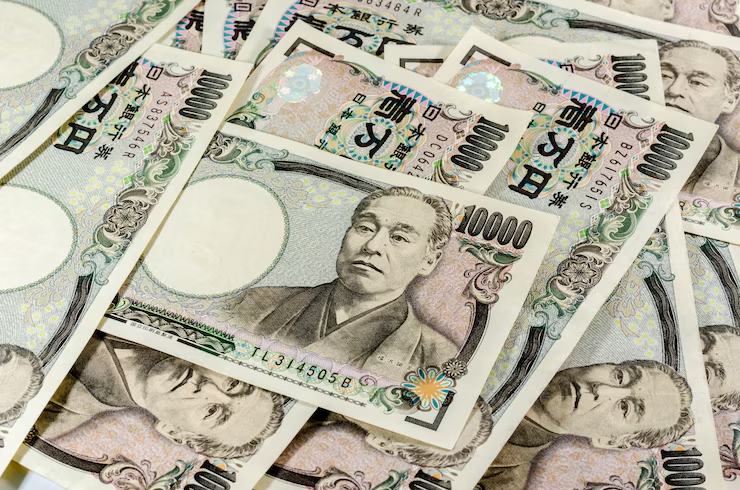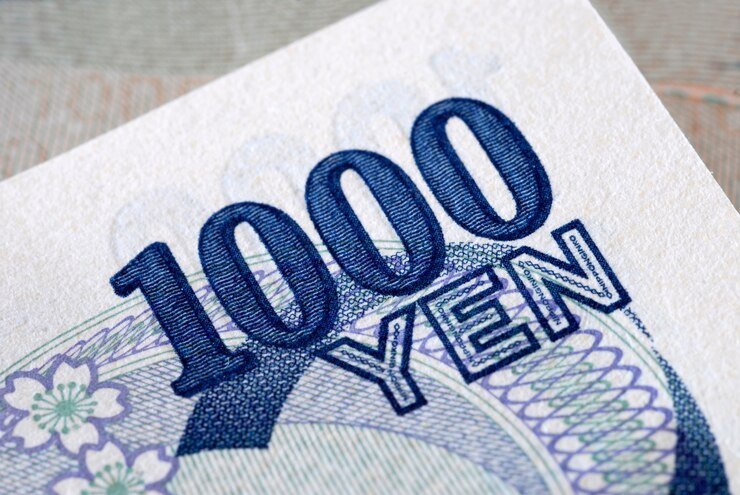Yen Weakness Continues amid Political Upheaval and BoJ Policy Uncertainty
The Japanese Yen continues to be weak on the back of political instability in Japan and conflicting signals on the future direction of monetary policy by the Bank of Japan (BoJ). Though hopes for a near-term rate hike by the BoJ still exist, supported by the forecast for robust wage growth, recent statements by BoJ officials have been measured, implying they are not hurrying to tighten policy. This is in stark contrast to the prevailing market view that the Federal Reserve will reduce interest rates in the near future. This policy divergence between the two countries is hardening the US Dollar against the Yen, taking the USD/JPY pair towards the 149.00 level. Traders are now eagerly waiting for the important US economic releases, especially the Nonfarm Payrolls report, which will give further cues and possibly challenge the Yen’s weakness. KEY LOOKOUTS • The US Nonfarm Payrolls (NFP) report due on Friday will be a determining factor for the USD/JPY currency pair since a strong reading may challenge the narrative of a September Fed interest rate cut. • The mixed signals from the Bank of Japan and its seeming lack of urgency to raise rates continue to keep the Yen down, notwithstanding robust wage growth data which indicates future inflation. • Domestic political uncertainty, such as a resignation of a senior minister and demands for an LDP re-election, is contributing to the Yen’s weakness. • The market is speculating that the Federal Reserve will lower interest rates in September while the BoJ is still unclear on its own timeline for policy tightening, providing a large interest rate spread in favor of the US dollar. The Japanese Yen continues under pressure as a result of a mix of political instability in Japan and conflicting signals for the future monetary policy of the Bank of Japan (BoJ). Although there still exists hope that the BoJ will hike rates shortly, supported by forecasts for robust wage growth, BoJ officials’ recent statements have been conservative, implying that they have no hurry to raise policy. This is in dramatic contrast to the broad market perception that the Federal Reserve will reduce interest rates in the short term. This policy divergence is supporting the US Dollar against the Yen, driving the USD/JPY pair towards the 149.00 level. The traders are now eagerly waiting for major US economic indicators, specifically the Nonfarm Payrolls report, which will give further direction and potentially probe the vulnerability of the Yen. The battle of the Japanese Yen is due to home political uncertainty and the Bank of Japan’s (BoJ) reluctance to hike interest rates. This stands in direct contrast to the expectation that the Federal Reserve will decrease rates, thus facilitating a strong policy divergence that is supporting the US Dollar relative to the Yen and propelling the USD/JPY exchange rate upwards. Traders are currently focusing on important US economic indicators, notably the soon-to-be-released Nonfarm Payrolls report, which will most likely determine the pair’s short-term trend. • Recent political instability in Japan, with a senior official stepping down and demand for a fresh LDP presidential election, is weakening the Yen. • The Bank of Japan (BoJ) is sending mixed messages regarding its rate hike schedule. Some officials say they should keep hiking rates, while other policymakers are warning of uncertainty around global economy, holding the Yen down. • One of the main factors behind the weakness in Yen is the sharp divergence between the vague policy of BoJ and expectations in the market that the US Federal Reserve will lower interest rates in the near future. • The US Dollar is being strengthened by a “flight to safety” in the face of worldwide uncertainty, and by the policy divergence that is expected, which drives the USD/JPY pair upward. • Investors are monitoring future US economic reports, especially the Nonfarm Payrolls (NFP) report, for signals of the direction the Fed will take next. Sustained strong data can lower the expectation of a rate cut, further strengthening the USD. • The USD/JPY pair is also setting up for a possible bullish break out above the 149.00 level if it gets a strong push from upbeat US data, targeting 150.00. • In general, the combination of domestic political headwinds and the absence of a clear, hawkish monetary policy signal from the BoJ makes the Yen extremely exposed to further weakness. The weakness of the Japanese Yen is, for the most part, a result of a mix of political unrest in Japan and uncertainty in direction from its central bank. The political system is under turmoil as several top-ranking officials of the ruling party have resigned, generating uncertainty. Meanwhile, Bank of Japan’s communication regarding a possible interest rate increase is unclear. Though certain authorities admit to ultimately increasing rates in order to control inflation caused by increasing wages, they are reluctant to establish an exact schedule. This reluctance deprives the Yen of solid support, rendering it susceptible to other matters abroad. USD/JPY DAILY CHART PRICE SOURCE: TradingView Meanwhile, the US Dollar is gaining strength due to global demand for safety, and due to the fact that the Federal Reserve will probably do something different. Whereas the Bank of Japan is contemplating a rate hike, the market is generally expecting a rate cut from the Federal Reserve soon. This divergence in hoped-for monetary policy results in a scenario whereby the US Dollar is regarded as a more favorable currency to hold. This policy divergence, coupled with Japan’s political uncertainty, is a primary reason why the Yen has been losing ground against the US Dollar. TECHNICAL ANALYSIS USD/JPY pair is presently reflecting a bullish bias, whereby price action indicates further potential for upside. The duo is viewed to be maintaining a one-month low, which shows that sellers have not been able to drive the price much lower. The 200-day Simple Moving Average (SMA) is an important technical level to monitor, and the pair is trying to cross above it. A close and move above this level for









